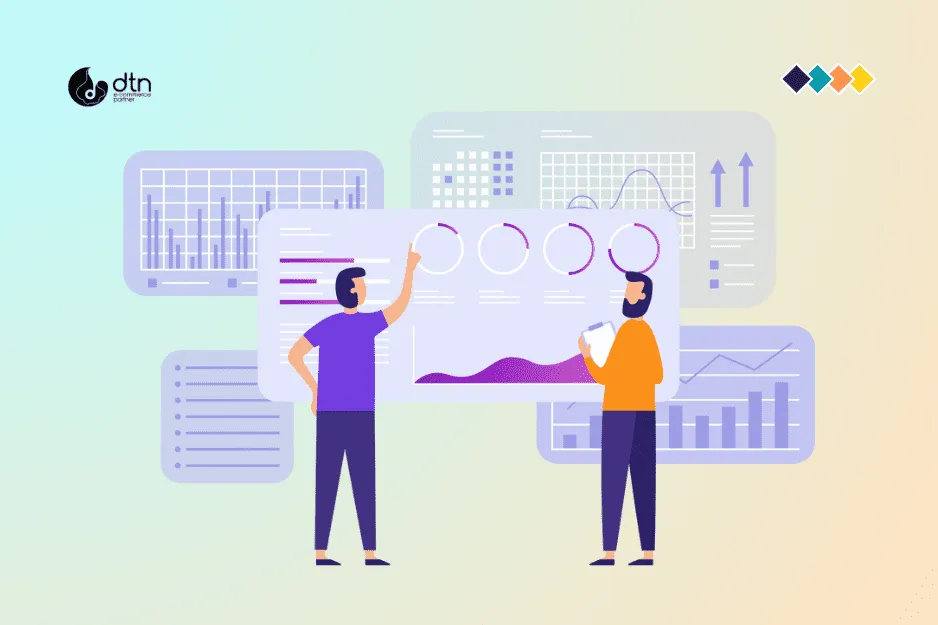We shop for everything from groceries to electronics to clothes online. And as e-commerce continues to grow, so too does the need for integration between different e-commerce platforms. E-commerce integration allows businesses to connect their different e-commerce systems, such as their website, shopping cart, and payment gateway. E-commerce Integration Trends can help businesses streamline their operations, improve customer service, and increase sales.
Table of Contents
Key trends to watch in e-commerce integration
- Headless commerce: Headless commerce represents a novel approach to e-commerce that involves decoupling the front-end of an e-commerce website from its back-end operations.. This allows businesses to create more flexible and customizable e-commerce experiences.
- API-first integration: API-first integration is a design approach that emphasizes the use of APIs to connect different e-commerce systems. This approach makes it easier to integrate different systems and create more scalable and flexible e-commerce solutions.
- Cloud-based integration: Cloud-based integration is a type of integration that uses cloud computing services to connect different e-commerce systems. This approach can help businesses reduce costs, improve scalability, and increase agility.
- Artificial intelligence (AI): AI is increasingly being used to automate and improve e-commerce integration. AI can be used for tasks such as data cleansing, data mapping, and error handling.
- Machine learning (ML): ML is a type of AI that can be used to learn from data and make predictions. ML can be used to improve the accuracy and efficiency of e-commerce integration.
These are just a few of the key trends to watch in e-commerce integration. As e-commerce continues to grow, we can expect to see even more innovation in this area.

Benefits of e-commerce integration
There are many benefits to e-commerce integration, including:
- Streamlined operations: E-commerce integration can help businesses streamline their operations by automating tasks and eliminating manual processes.
- Improved customer service: E-commerce integration can help businesses improve customer service by providing customers with a more seamless and consistent experience.
- Increased sales: E-commerce integration can help businesses increase sales by making it easier for customers to find and purchase products.

Challenges of e-commerce integration
There are also some challenges associated with e-commerce integration, including:
- Cost: E-commerce integration can be expensive, especially for businesses with complex systems.
- Complexity: E-commerce integration can be complex, especially for businesses with multiple e-commerce platforms.
- Security: E-commerce integration can introduce security risks, especially if systems are not properly configured.

Conclusion
E-commerce integration is an essential part of any modern e-commerce business. By integrating their different e-commerce systems, businesses can streamline their operations, improve customer service, and increase sales. However, it is important to be aware of the challenges associated with e-commerce integration before embarking on a project.
Frequently Asked Questions
We’ve compiled a list of answers to common questions on E-commerce Integration: Trends .
What is headless commerce, and how does it impact e-commerce integration?
Headless commerce is an approach where the front-end of an e-commerce website is decoupled from the back-end, allowing for more flexibility and customization. This impacts e-commerce integration by enabling businesses to integrate various systems and tools more seamlessly, as they are not bound to a specific front-end architecture.
How does API-first integration differ from traditional integration methods?
API-first integration emphasizes the use of APIs (Application Programming Interfaces) as the primary method for connecting different systems and applications. Unlike traditional integration methods that may rely on proprietary protocols or middleware, API-first integration offers a more standardized and flexible approach, making it easier to connect disparate systems and build scalable e-commerce solutions.
What are the advantages of cloud-based integration for e-commerce businesses?
Cloud-based integration offers several advantages for e-commerce businesses, including reduced costs, improved scalability, and increased agility. By leveraging cloud computing services, businesses can eliminate the need for on-premises infrastructure, scale resources according to demand, and quickly adapt to changing business requirements.
How can artificial intelligence (AI) and machine learning (ML) enhance e-commerce integration?
AI and ML can enhance e-commerce integration by automating repetitive tasks, improving data accuracy, and optimizing system performance. For example, AI algorithms can be used to automate data mapping and transformation processes, while ML algorithms can analyze data patterns to identify potential integration issues or opportunities for optimization.
To overcome the challenges of e-commerce integration, businesses can consider strategies such as prioritizing integration projects based on their potential return on investment, leveraging pre-built integration solutions or platforms to reduce development costs, and investing in training and expertise to address integration complexities effectively. Additionally, conducting thorough security assessments and implementing robust security measures can help mitigate the risks associated with e-commerce integration.



